Askey Computer WLL220C 2.4GHz/5GHz Mini-PCI Card User Manual
Askey Computer Corp 2.4GHz/5GHz Mini-PCI Card Users Manual
Contents
- 1. Manual
- 2. Revised Users Manual
- 3. Notebook Users Manual
- 4. NoteBook Users Manual
- 5. NB Users Manual Home
- 6. NB Users Manual Chap 1
- 7. NB Users Manual Chap 2
- 8. NB Users Manual Chap 3
- 9. NB Users Manual Chap 4
- 10. NB Users Manual Chap 5
- 11. NB Users Manual Chap 6
- 12. NB Users Manual Chap 7
- 13. NB Users Manual Chap 8
- 14. NB Users Manual Chap 9
- 15. NB Users Manual Warning
- 16. NB Users Manual Appendix
NB Users Manual Chap 2
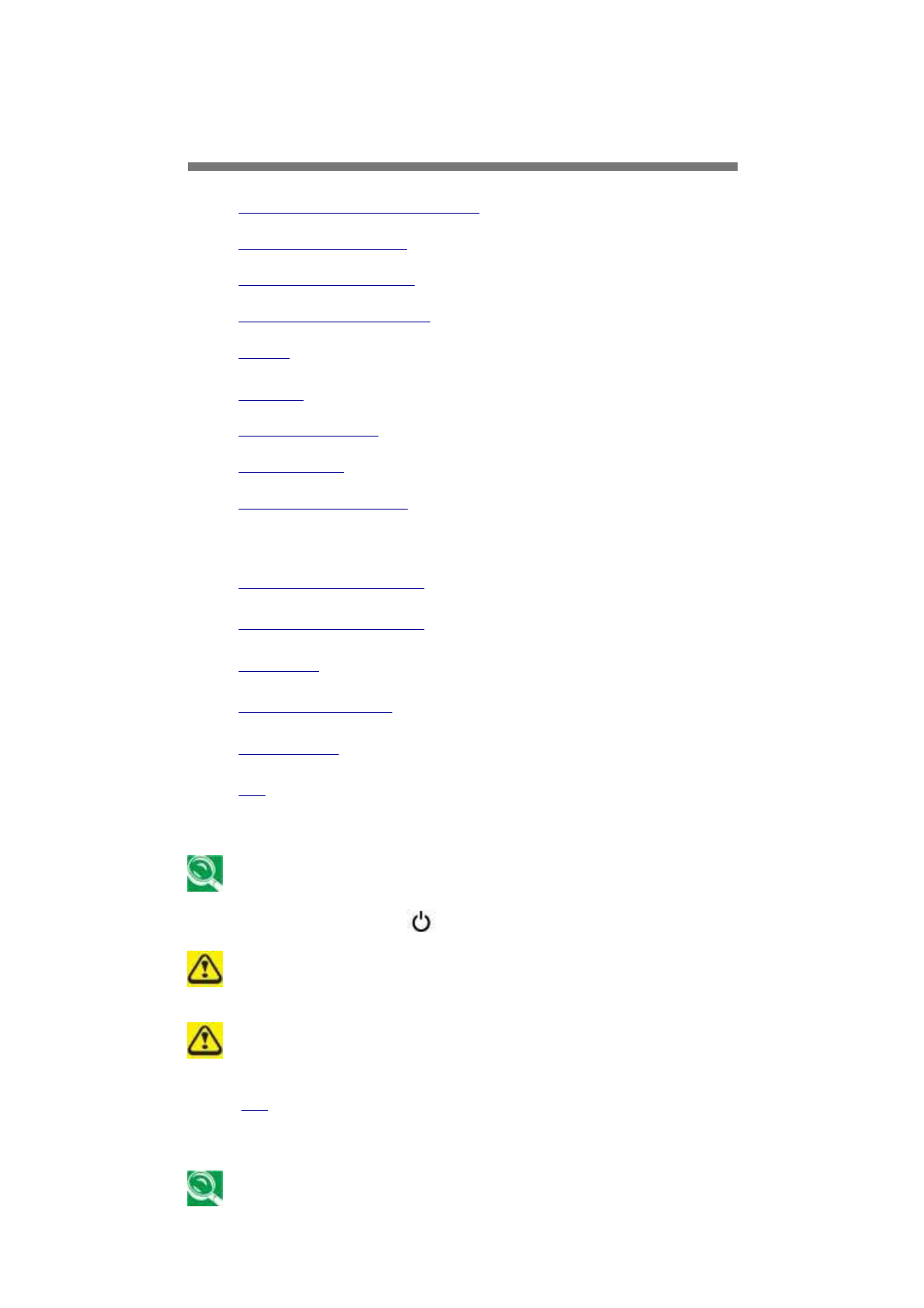
Operating Your Notebook
Turning Your Notebook On and Off
Tips For Using Windows
Keyboard and Touch Pad
Personalizing Your Desktop
Display
Networks
Managing Programs
Managing Files
Playing CDs and Movies
Turning Your Notebook On and Off
Turning Your Notebook On
Turning Your Notebook Off
Logging Off
Adding User Accounts
Standby Mode
Top
Turning Your Notebook On
Ensure the diskette drive is empty before turning your notebook on.
Press the power button to turn on your notebook.
Do not turn off the computer until the operating system has loaded
completely. Turning the computer off during its initial startup will result
in an error the next time you start your notebook.
Always turn your notebook off by performing a Windows shutdown (click
(click Start -> Turn Off Computer -> Turn Off) rather than by pressing
the power button. Failure to do so may result in data loss.
Top
Turning Your Notebook Off
If your notebook is using Microsoft Windows XP Professional operating
system, there are security and networking features not available in
Windows XP Home Edition. You will see different options in some
第 1 頁,共 20 頁Operating Your Notebook
2003/8/15
file://C:\WINDOWS\TEMP\~hh9ED8.htm

windows, related to security and networking.
Save and close any open files, exit any open programs. Click Start ->
Turn Off Computer -> Turn Off.
Your notebook will automatically turn off after the shutdown process is
finished.
Top
Logging Off
With Microsoft Windows XP, multiple users can access a single
computer with their own, personal settings. Using their own password,
each user logs on to the computer, meaning other users cannot access
their settings or files. To log off:
1. Save and close any open files, exit any open programs, click Start ->
Log Off -> Log Off.
2. To switch users, click Start -> Log Off ->Switch User.
Using Fast User Switching, programs that previous users were
running remain running in the background. This means a possible
slower computer response. It may also stop multimedia programs,
including games and DVD software, from running.
Fast User Switching does not work if your notebook is running
Windows XP Professional and is a member of a computer domain or if
the notebook has less than 128 MB of memory.
Top
Adding User Accounts
Different account options are available when a computer is running the
Windows XP Professional operating system and is connected to a
domain.
With Windows XP installed, the system administrator or a user with
administrator rights can create additional user accounts:
1. Click Start -> Control Panel -> User Accounts.
2. Under Pick a task, click Create a new account.
3. Under Name the new account, enter the name of the new user. Click
Next.
4. Under Pick an account type, choose one of the following options:
Computer administrator: Can change all computer settings.
Standard (Windows XP Professional only): Can install some
programs and hardware.
Limited: Can only change your own personal settings, such as
your password. You are not able to install programs or use the
Internet.
5. Click Create Account.
第 2 頁,共 20 頁Operating Your Notebook
2003/8/15
file://C:\WINDOWS\TEMP\~hh9ED8.htm

Top
Standby Mode
To find out how to conserve power using the Standby Mode, see Power
Management, Chapter 6.
Top
Tips For Using Windows
Microsoft Windows XP Help
Windows Desktop
Desktop Cleanup Wizard
Start Button
Taskbar
Notification Area (System Tray)
Recycle Bin
Control Panel
My Computer
Top
Microsoft Windows XP Help
For Microsoft Windows XP help, right click Start -> Explore.
In Windows Explorer, click the search icon then opt to search for
Information in Help and Support Center. In the Help and Support
Center you can search for specific information or click on the Home icon to
view the Help and Support Center home page.
第 3 頁,共 20 頁Operating Your Notebook
2003/8/15
file://C:\WINDOWS\TEMP\~hh9ED8.htm
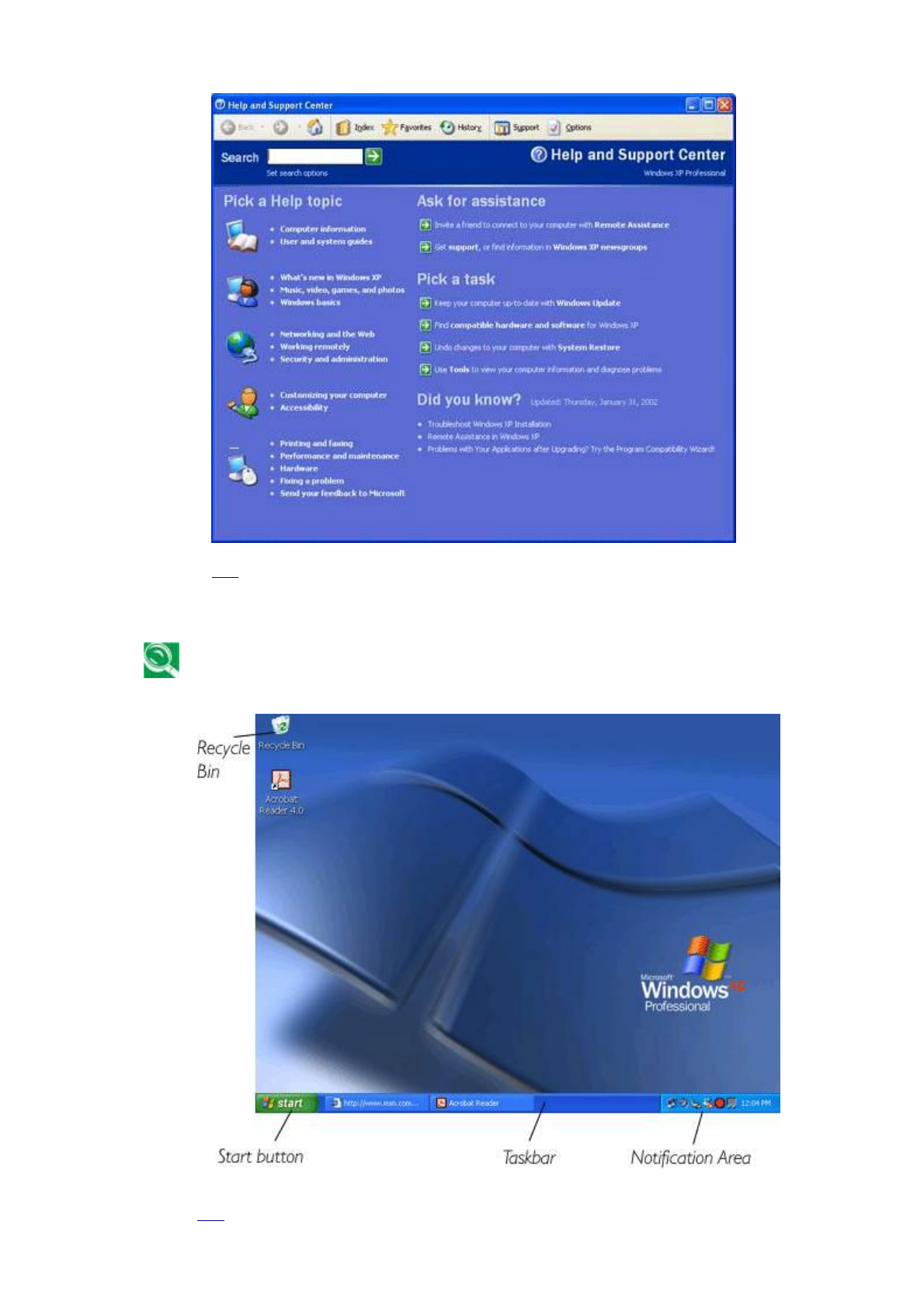
Top
Windows Desktop
Depending on your notebook setup and software, your desktop may have different
or additional shortcuts. See Personalizing Your Desktop, Section 2.4, for more
information.
Top
第 4 頁,共 20 頁Operating Your Notebook
2003/8/15
file://C:\WINDOWS\TEMP\~hh9ED8.htm
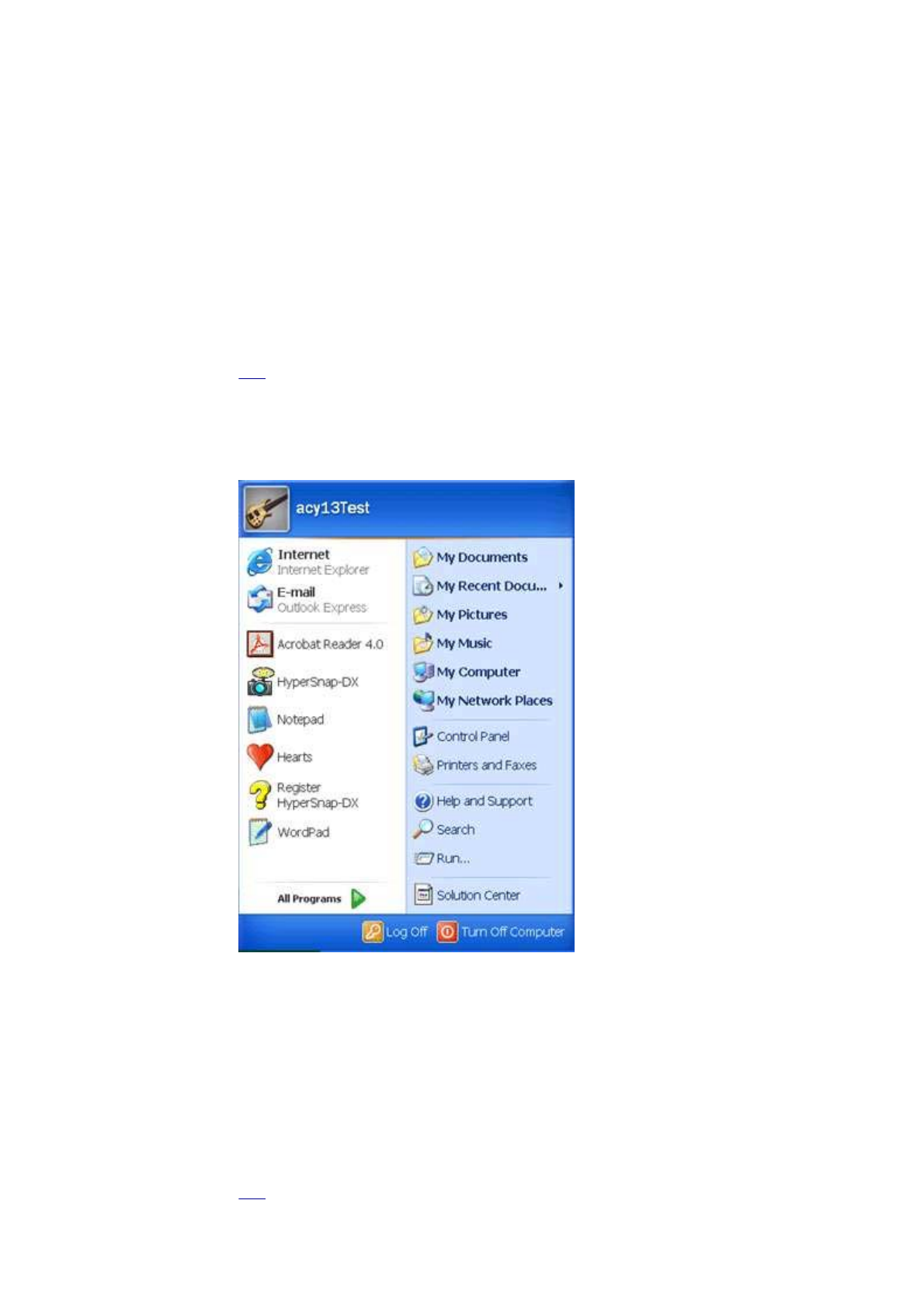
Desktop Cleanup Wizard
The Desktop Cleanup Wizard moves programs not frequently used to a
folder 7 days after you first start your notebook and every 60 days after
that. The Start menu's appearance changes as programs are moved. To
To turn off the Desktop Cleanup Wizard:
Right-click an empty spot on your desktop -> Properties -> Desktop ->
Customize Desktop -> click Run Desktop Cleanup Wizard every 60
days to remove the check mark -> OK.
The Desktop Cleanup Wizard can be run any time by simply clicking
Clean Desktop Now under Run Desktop Cleanup Wizard every 60
days.
Top
Start Button
The Start button allows easy access to your notebook's programs.
The Start menu is designed to change, to show the programs you use
most frequently. To always keep an item on the Start menu, no matter
how often it's used, right-click the item and click Pin to Start menu.
Log Off allows the current user to log off so a new user can log on to
the notebook using their personal settings.
Turn Off Computer provides options for turning off, restarting, and
placing your notebook in power saving modes. If your notebook is
running Windows XP Professional and is connected to a domain,
different options appear in the Shut Down window.
Top
第 5 頁,共 20 頁Operating Your Notebook
2003/8/15
file://C:\WINDOWS\TEMP\~hh9ED8.htm
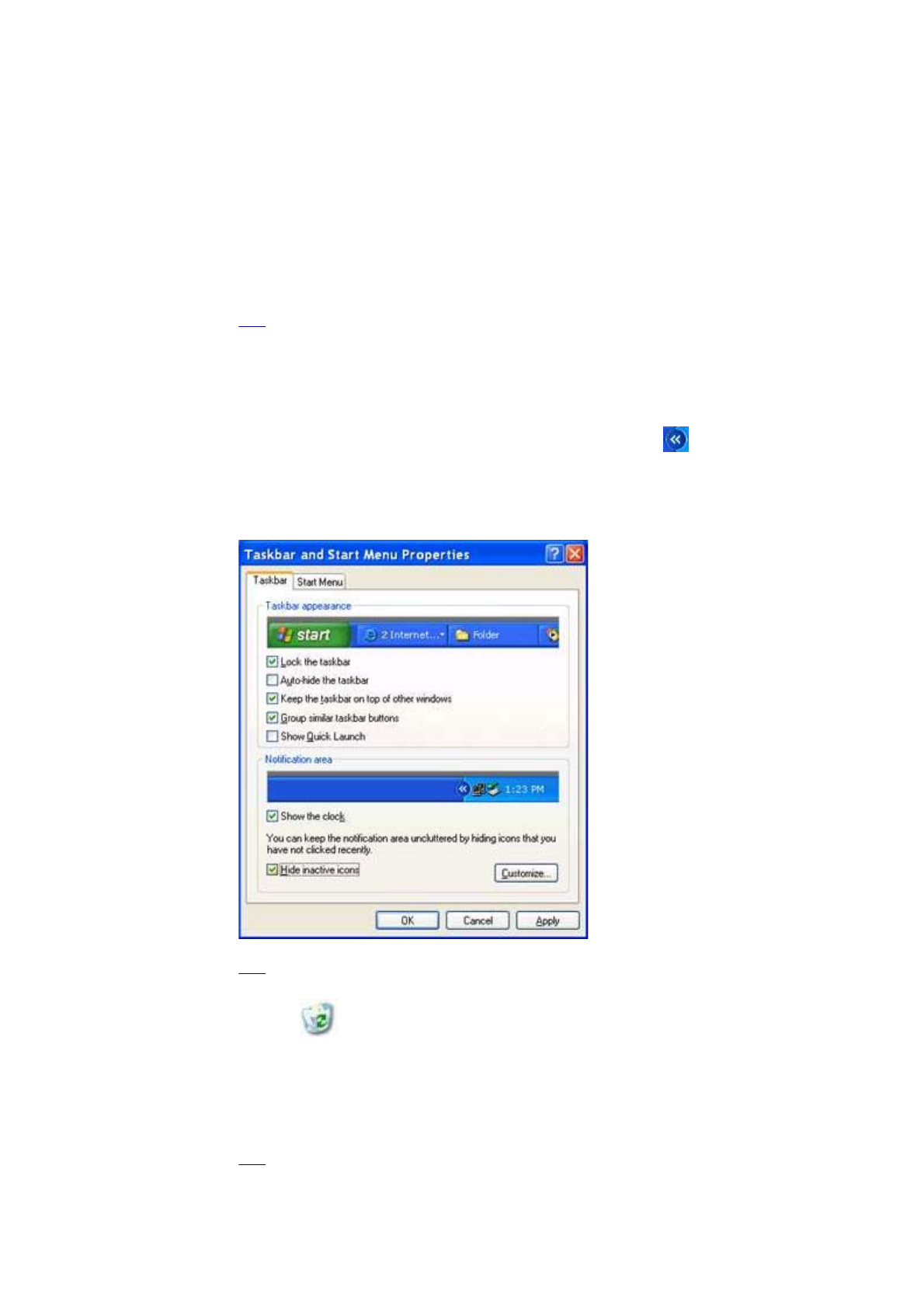
Taskbar
The Start button is on the left and the notification area on the right.
Each time you open a program, a button for that program appears on
the taskbar. To move between programs, simply click on the relevant
button. Windows XP will group multiple instances of the same program
on a single taskbar button if more space is needed. Toolbars can be
added to or removed from the taskbar:
Right-click an empty spot on the taskbar, and select Toolbars ->
choose the toolbar you want to add.
Top
Notification Area (System Tray)
The icons in this area allow quick access to programs and computer
functions, including the clock and printer status. Windows XP hides
icons that are not used frequently. To see hidden icons, click to see
hidden icons. To prevent Windows XP from hiding icons:
Right-click an empty spot on the Taskbar -> Properties -> ensure that
Hide inactive icons is not checked.
Top
Recycle Bin
When you delete a file, it is moved to the Recycle Bin. Files can be
restored from the Recycle Bin.
By emptying the Recycle Bin, files are permanently deleted.
Top
Control Panel
第 6 頁,共 20 頁Operating Your Notebook
2003/8/15
file://C:\WINDOWS\TEMP\~hh9ED8.htm

In the Control Panel you can change how Windows looks and works.
Click the Start button and click Control Panel.
There are two interfaces - you can choose either Classic View or
Category View. You can switch interfaces in the upper left hand window
of the Control Panel window.
Under Pick a Category, choose the category of the task you wish to
complete, click, then choose the task in the next window.
Top
My Computer
My Computer allows you to see the contents of your notebook's drives.
drives. The My Computer icon appears on your Desktop. To see the
contents of a drive or folder, click on the My Computer icon then
double-click the icon for the drive or folder you want to view (for
example, drive C).
You can also use Windows Explorer to see the contents of your
notebook and find files. To open Windows Explorer, right-click the
Start button and click Explore. Find the drive or folder that you want to
view. To find out more about My Computer and Windows Explorer,
see the Help and Support Center.
Top
Keyboard and Touch Pad
Numeric Keypad
Keyboard Shortcuts
Windows Logo Key Functions
第 7 頁,共 20 頁Operating Your Notebook
2003/8/15
file://C:\WINDOWS\TEMP\~hh9ED8.htm
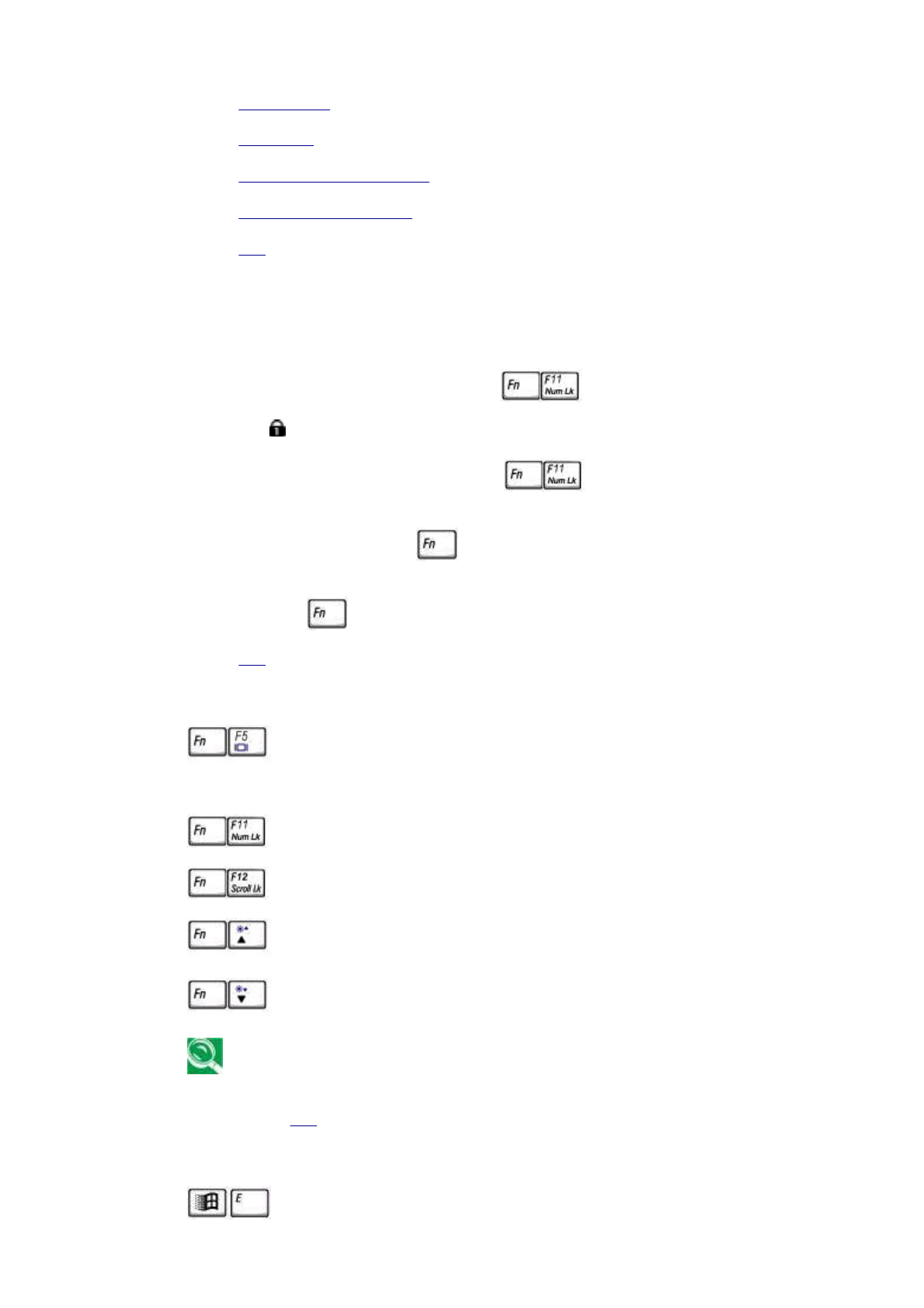
Easy Buttons
Touch Pad
Customizing the Touch Pad
Using an External Mouse
Top
Numeric Keypad
Keypad numbers and symbols are marked in green on the right of the
keypad keys.
To enable the numeric keypad, press .
The indicator will light when the numeric lock is on.
To disable the numeric keypad, press again.
To use the primary function of a dual-function key when the numeric
keypad is enabled, press and the desired key.
When Num Lock and Scroll lock are disabled, you can move the cursor
using the key with the u, o, 8, and k keys.
Top
Keyboard Shortcuts
Switches Display Mode (LCD->CRT->Simultaneous). Switches
the video image to the next display in the following sequence:
the integrated display, an external monitor, and both displays
simultaneously
Number Lock
Scroll Lock
Brightness Up
Brightness Down
When using an external PS/2 keyboard, the Fn key can be
simulated by using the left-Ctrl + left-Alt keys. USB keyboards do
do not support this function.
Top
Windows Logo Key Functions
opens Windows Explorer
第 8 頁,共 20 頁Operating Your Notebook
2003/8/15
file://C:\WINDOWS\TEMP\~hh9ED8.htm
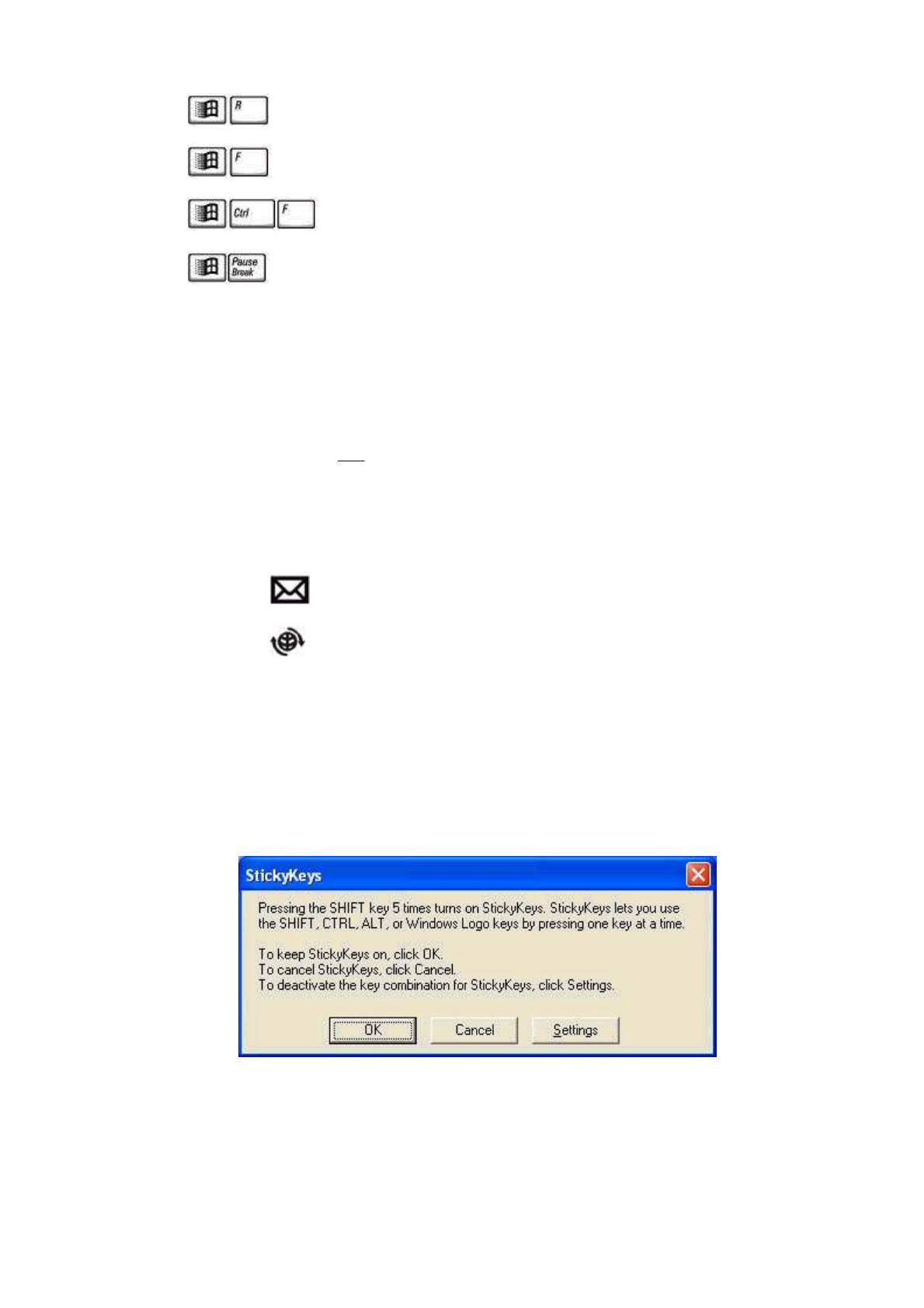
opens the Run dialog box
opens the Search Results dialog box
opens the Search Results - Computers dialog box (when
your notebook is connected to a network)
opens the System Properties dialog box
To adjust keyboard operation, including character repeat
rate, in the Control Panel click Printers and Other
Hardware -> Keyboard.
The Application key (to the right of the Windows key)
works in the same way as the right button on the touch
pad or a mouse.
Top
Easy Buttons
The Easy Buttons are designed to give you fast access to the mail and
Internet browser program.
The key launches your default email program.
The key launches your default Internet browser.
StickyKeys
The StickyKeys function lets you use the SHIFT, CTRL, ALT, FN keys
or the Windows logo key (referred to as modifier keys) in conjunction
with other keys by pressing one key at a time instead of simultaneously.
simultaneously.
To activate StickyKeys mode, press the Shift key five times and then
click OK.
Alternatively, you can click on Start -> Control Panel -> Accessibility
Options and check Use StickyKeys before clicking OK.
第 9 頁,共 20 頁Operating Your Notebook
2003/8/15
file://C:\WINDOWS\TEMP\~hh9ED8.htm
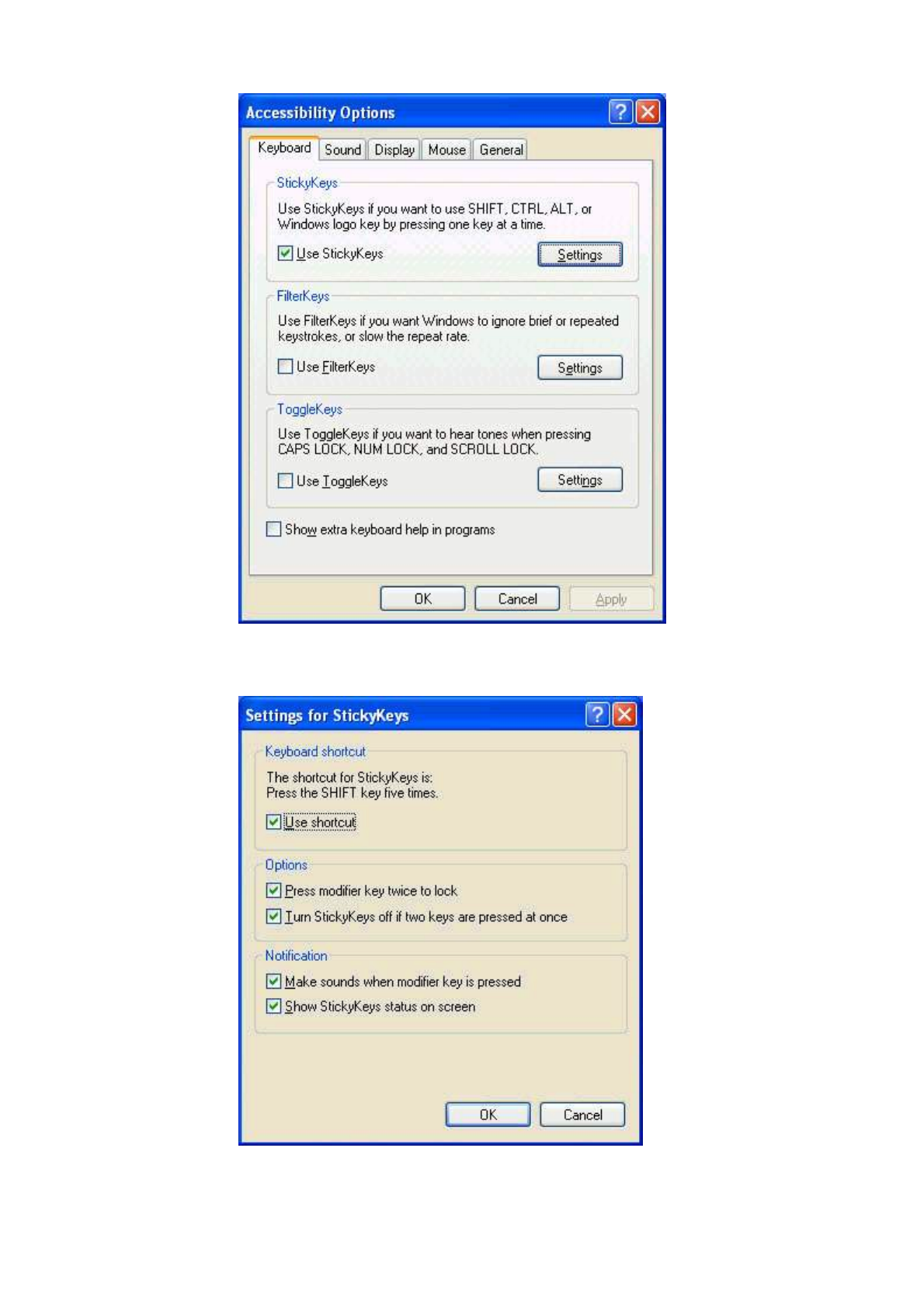
To further customize StickyKeys, click on Settings in either of the
above dialogue boxes. The following dialogue box will appear.
Click Use shortcut to enable the listed shortcut to activate StickyKeys
mode.
第 10 頁,共 20 頁Operating Your Notebook
2003/8/15
file://C:\WINDOWS\TEMP\~hh9ED8.htm
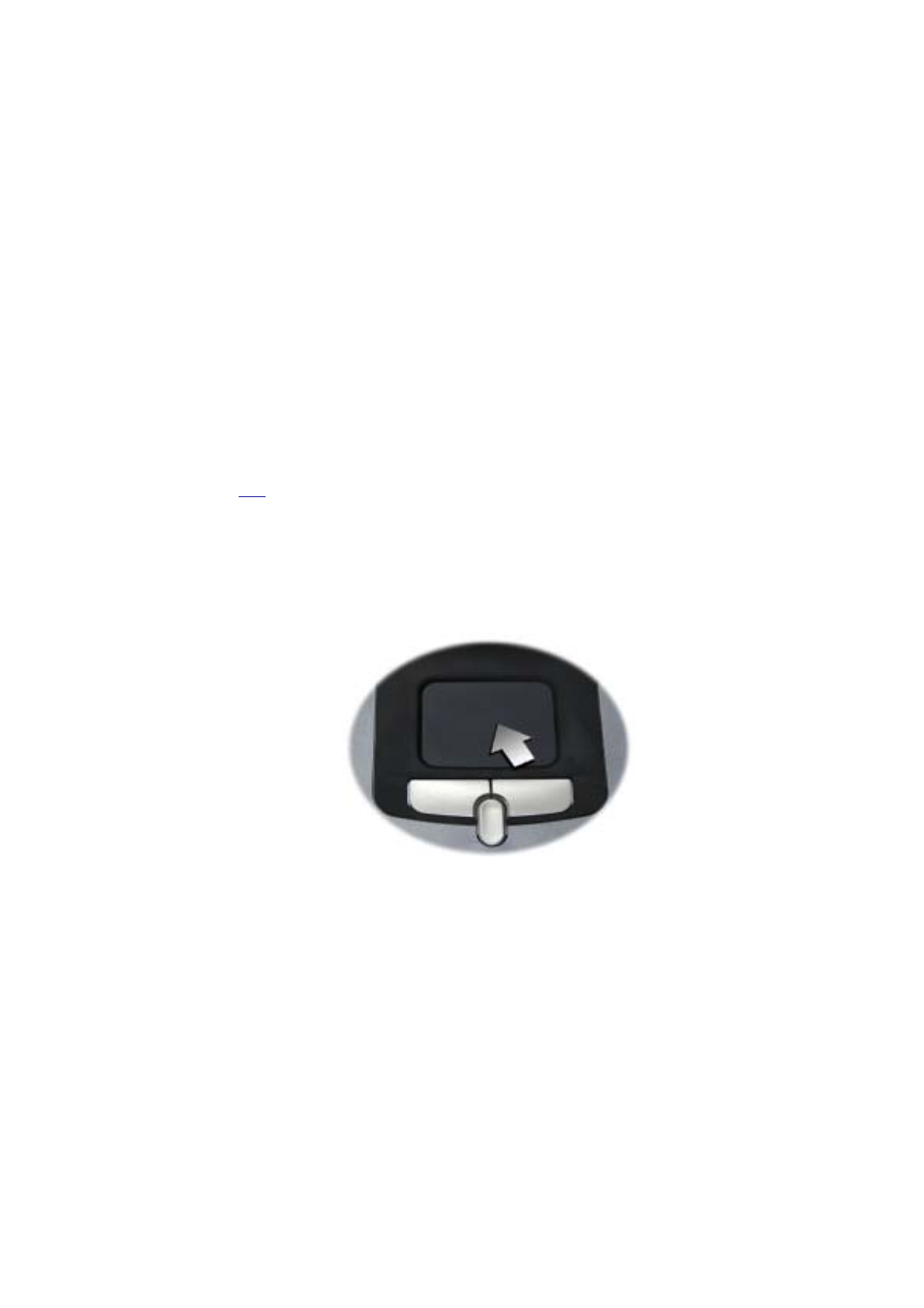
By checking Press modifier key twice to lock, pressing the SHIFT,
CTRL, ALT, FN or the Windows logo key twice will 'lock' the key until it
is pressed again. This allows you to perform multiple commands with
these keys in succession without having to press the modifier key again
each time.
Check Turn StickyKeys off if two keys are pressed at once to have
StickyKeys automatically disable whenever any two keys are pressed
simultaneously.
If Make sounds when modifier key is pressed is checked, a tone will
be heard each time a modifier key is pressed. Different tones are heard
when activating and deactivating modifier keys.
Check Show StickyKeys status on screen to display the StickyKeys
icon in your toolbar whenever the StickyKeys mode is activated. The
icon will change to indicate which modifier key, if any, is currently
active.
Click on OK to confirm your changes, or Cancel to exit the dialogue box
box without making any changes.
Top
Touch Pad
The touch pad responds to the movements and pressure of your finger,
finger, allowing you to move the cursor around the screen, in the same
way you would with a mouse.
Place your fingers on the keyboard in the normal typing position.
You can use the touch pad by moving either your right or left thumb off
the space bar and on to the touch pad.
Gently move your thumb across the touch pad in the direction you want
want the cursor to move. The pad detects the change in pressure and
moves the cursor in the corresponding direction.
The touch pad buttons have essentially the same function as mouse
buttons. Clicking these buttons makes selections, drags objects, or
performs a variety of other functions depending on the software. To
select an object, first move the pointer over the object you want to
select, and then press the left button one time and release it. The
functionality of these buttons depends on your software.
Double-clicking is a common technique for selecting objects or
launching programs. Move the pointer over the object you wish to select
select then quickly press the left button twice.
第 11 頁,共 20 頁Operating Your Notebook
2003/8/15
file://C:\WINDOWS\TEMP\~hh9ED8.htm

You may also select object or execute applications from icons by
double-tapping. This is similar to double-clicking, but instead of pressing
pressing the touch pad buttons, you tap the touch pad itself.
The central mouse button allows you to scroll easily through windows.
Press the upper part of the button to move your cursor upwards, press
the lower part of the button to move the cursor down the window.
Be patient, it may take a little practice to master the touch pad.
Top
Customizing the Touch Pad
To adjust touch pad settings, use the Mouse Properties window, which
you can open by clicking Control Panel—>Printers and Other
Hardware—>Mouse.
Select the desired settings and click Apply.
Click OK to save the settings and close the window.
Top
Using an External Mouse
You can connect a mouse or trackball as an option to using your
notebook's touch pad. Your notebook supports PS/2-compatible
pointing devices.
When a mouse or trackball is connected, you can still use your
notebook's touch pad.
1. Attach the PS/2 mouse cable to the PS/2 port. If the mouse is not
responding, you may need to adjust your BIOS settings. For BIOS set
up information, refer to the BIOS help field by pressing F2 while your
notebook is booting up.
2. For additional steps, refer to your mouse documentation.
To connect more than one PS2 device at a time, such as a keyboard
and mouse, you will need to purchase a Y-cable.
Top
Personalizing Your Desktop
Choosing Wallpaper
Choosing a Screen Saver
Choosing a Desktop Theme
Creating a Shortcut on the Desktop
Top
Choosing Wallpaper
To make your notebook reflect your style, you can set background
第 12 頁,共 20 頁Operating Your Notebook
2003/8/15
file://C:\WINDOWS\TEMP\~hh9ED8.htm

colors and patterns, the wallpaper, on the desktop.
Control Panel -> Appearance and Themes -> Pick a task -> Change
the desktop background.
The Display Properties window offers a choice of wallpapers. Choose
the name of the wallpaper you want to display, or click (None) if you
prefer not to use a wallpaper image.
You can also choose your own images by choosing Browse and
Top
Choosing a Screen Saver
Control Panel -> Appearance and Themes -> Pick a task -> Choose
a screen saver.
Select a screen saver from the Screen Saver pull-down menu, or click
click (None) if you prefer not to activate a screen saver.
You can customize your screen saver by choosing Settings. To check
your selections, choose Preview.
To accept the settings, click OK and close the Display Properties
window.
Top
Choosing a Desktop Theme
Desktop themes changes the appearance of your desktop and add
sound effects:
Control Panel -> Appearance and Themes -> Pick a task -> Change
the computer's theme.
Select a theme from the Theme pull-down menu in the Display
Properties Window, then click OK.
Top
Creating a Shortcut on the Desktop
A shortcut is an icon that is placed on the desktop let you quickly access
access programs, files, folders, and drivers. To create a shortcut:
Open My Computer or Windows Explorer, and highlight the file or
program you want to create a shortcut to.
Click and hold down the right touch pad button, drag the highlighted
item to the Windows desktop, and then release the right touch pad
button to display a pop-up menu.
Click Create Shortcut(s) Here.
An icon will appear on your desktop - double-click to activate the
shortcut.
Top
Display
第 13 頁,共 20 頁Operating Your Notebook
2003/8/15
file://C:\WINDOWS\TEMP\~hh9ED8.htm
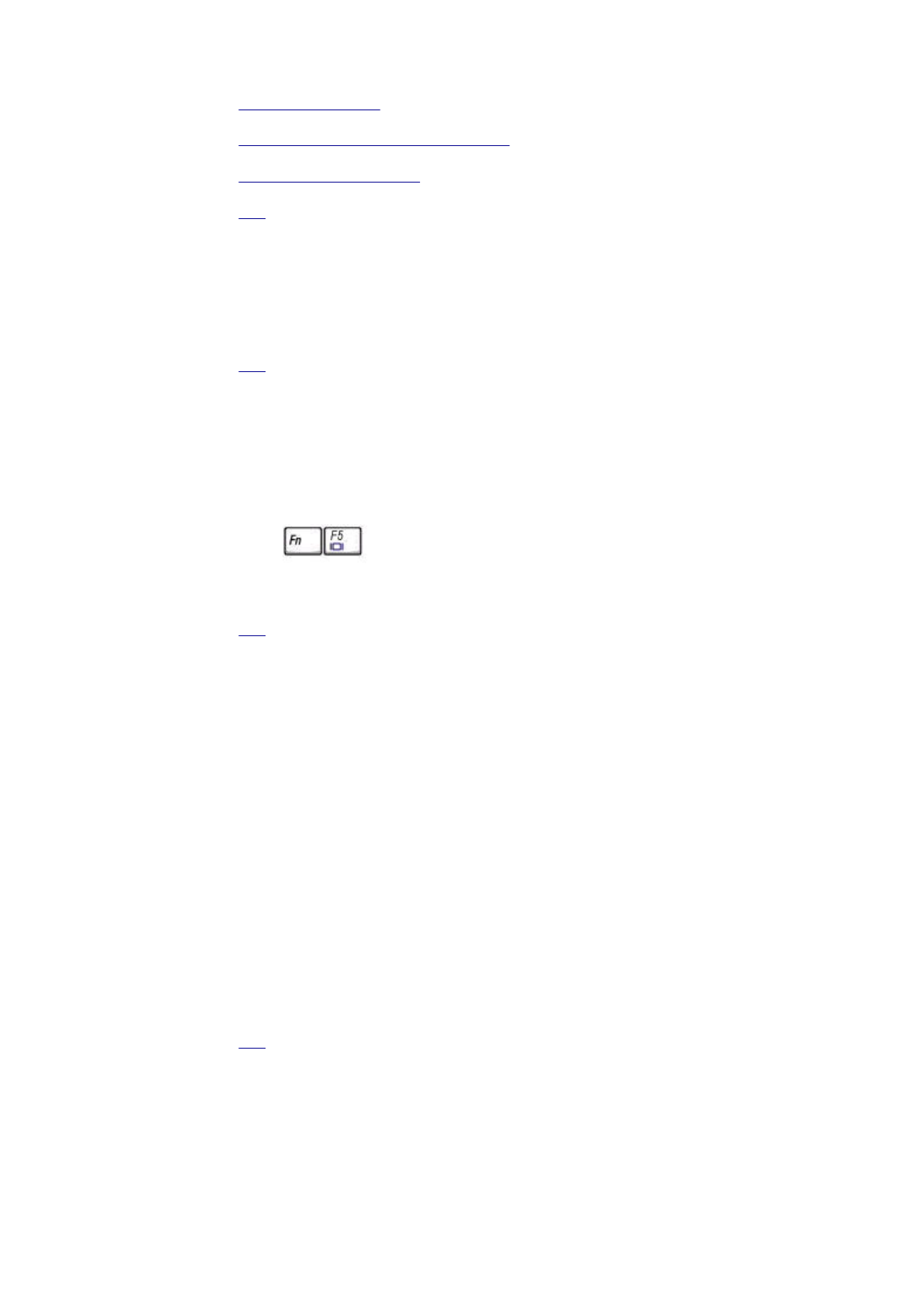
Adjusting Brightness
Using an External Monitor or Television
Setting Display Resolution
Top
Adjusting Brightness
To conserve power when running your notebook from the battery, set
the brightness to the lowest comfortable setting using the keyboard
shortcuts.
Top
Using an External Monitor or Television
When you start your notebook with an external display device such as
an external monitor or television attached and turned on, the image may
may appear on either the display or the external device. Alternatively,
you can
Press to switch the video image to the display only, the
display and the external device simultaneously, or the external device
only.
Top
Setting Display Resolution
To view a program at a specific resolution, both the video controller and
display must support the program and the necessary video drivers must
must be installed.
Before changing any of the original display settings, note the original
settings for future reference.
Start -> Control Panel -> Pick a category -> Appearance and
Themes.
Under Pick a task..., click the area you want to change, or under or
pick a Control Panel icon, click Display.
You can try different settings for Color quality and Screen resolution.
If you choose a resolution or color palette that is higher than the display
supports, the settings will automatically adjust to the closest possible
setting.
Top
Networks
To access a network:
At the office, you can access a network via the built-in PCI LAN. For
specific information about connecting to the LAN or WAN, consult your
systems administrator.
第 14 頁,共 20 頁Operating Your Notebook
2003/8/15
file://C:\WINDOWS\TEMP\~hh9ED8.htm
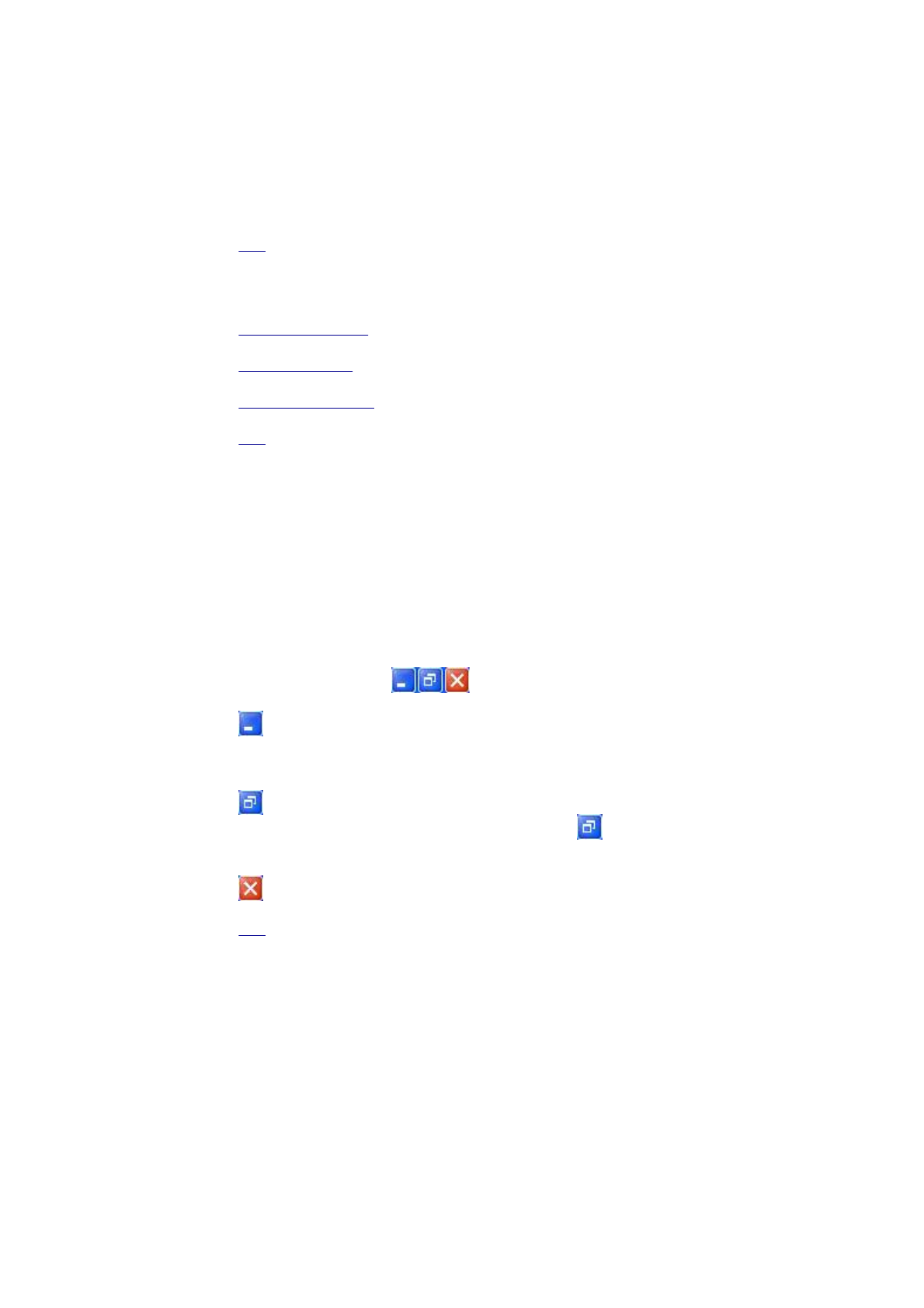
If you are working from home or while traveling, you need a dial-up
connection. Ask your system administrator for the telephone number of
the network.
To set up the connection, go to Start->Control Panel->Network and
Internet Connections (in Classic Interface, Network Connections).
Enter the details for your connection and click OK.
Top
Managing Programs
Running Programs
Adding Software
Removing Software
Top
Running Programs
Programs are any software that process data - like a word processing
program or an email program. They require an operating system - like
Windows XP - to run on.
To run a program, click Start -> Programs.
Click the program you want to run.
On the right side of the title bar in the window of any open program,
there are three icons:
minimizes the program. That is, it is removed from the screen, but is
is still running. It will appear as a button on your bottom taskbar. To
restore the program, simply click the button.
enlarges (maximizes) the window to fill your entire screen. When
the window is maximized, the button switches to , which will reduce
the size of the window when clicked.
closes the program or document.
Top
Adding Software
To check what software is already installed on your computer, click
Start -> All Programs. If a program is listed in the All Programs menu
menu or the Start menu, the software is already installed.
Before installing software, check the software's technical requirements
to ensure that it is compatible with your notebook and that there is
enough memory and hard drive space for installation and operation.
Temporarily disable your notebook's antivirus software before installing
software. See the documentation that came with the antivirus software
for detailed procedure.
Be sure to enable your antivirus software once you have installed any
第 15 頁,共 20 頁Operating Your Notebook
2003/8/15
file://C:\WINDOWS\TEMP\~hh9ED8.htm
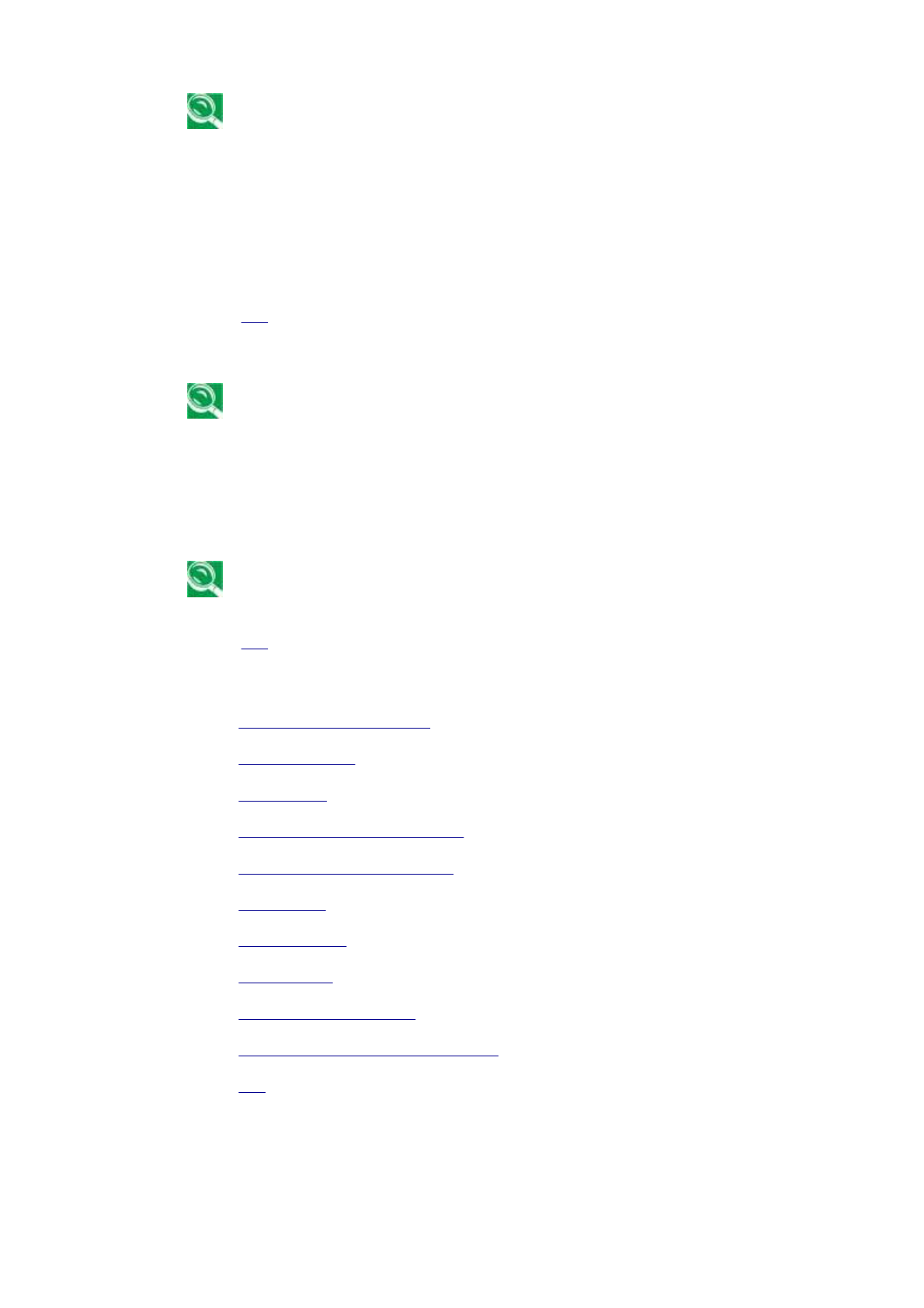
new software.
Insert the software installation CD into the CD drive and follow the
instructions that came with the software to help you respond to the
prompts on the screen.
If the software installation CD does not automatically run, click Start ->
Run. In the dialogue box, type x:\setup.exe (where x is the letter of your
your CD drive [usually D or E]). Then click OK and follow the prompts
on your screen.
Top
Removing Software
Once you've begun removing software, do not interrupt the process. To
do so may result in data loss and corruption of your operating system.
Start -> Control Panel -> Add or Remove Programs -> Change or
Remove Programs.
Select the program that you want to remove and click the
Change/Remove button. Instructions for removing programs will
appear on the screen.
Some programs may not be listed and cannot be removed via this
window. In this case, check the documentation that came with the
specific program.
Top
Managing Files
Updating Antivirus Software
Backing Up Files
Finding Files
Copying a File on the Hard Drive
Copying a File to a Floppy Disk
Moving Files
Renaming Files
Deleting Files
Emptying the Recycle Bin
Retrieving Files From the Recycle Bin
Top
Updating Antivirus Software
There are thousands of known viruses, and more appear all the time.
Installing antivirus software is the only way to protect your data,
software and hardware. Regular updates are necessary to ensure
第 16 頁,共 20 頁Operating Your Notebook
2003/8/15
file://C:\WINDOWS\TEMP\~hh9ED8.htm
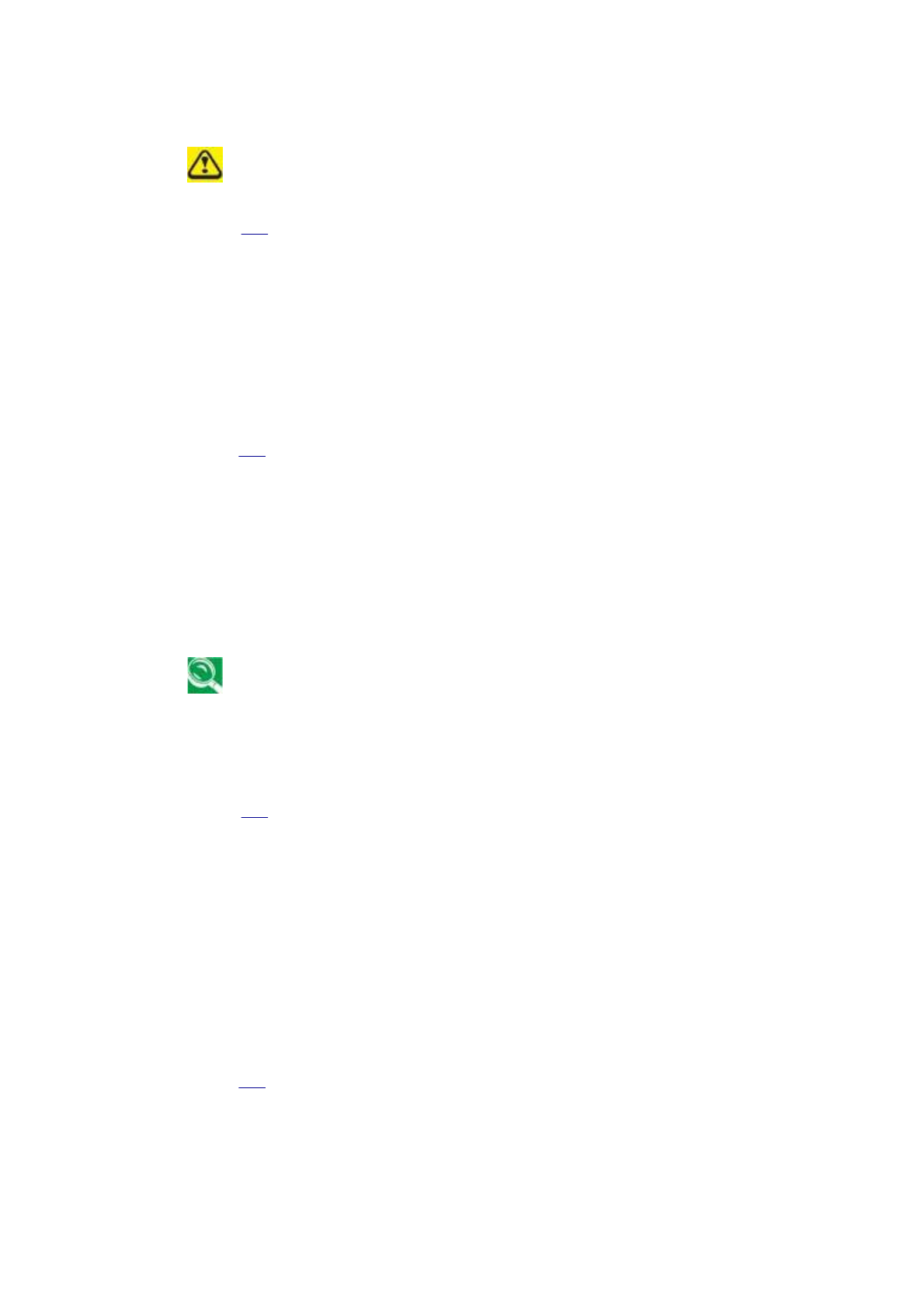
protection.
Your computer dealer can advise you regarding purchasing antivirus
Before installing any software from unlicensed sources, scan for
viruses. Regularly backup your data to safeguard against loss if your
notebook is infected.
Top
Backing Up Files
Regularly backing up your files will protect you from losing data from
accidental file deletion, viruses or hard drive failure. Programs can be
reinstalled, but unless you have backed up your work, you will lose your
your data files.
The most convenient way to back up your files is to a CD-RW drive,
although for smaller files, you can use a floppy disk.
Top
Finding Files
Right click on Start -> Search.
In the search window, type either All or part of the file name or A
word or phrase in the file.
Specify where you want the system to look by specifying a drive or
folder in the Look in pull-down menu.
Windows will search the entire hard drive (or drive C partition) if the
default setting of C: is unchanged.
Click Search to begin searching.
Files found that match your search criteria are listed in the Search
Results window.
Top
Copying a File on the Hard Drive
From the Desktop, select My Computer.
Locate the file you want to copy, and click the file to select (highlight) it.
Under File and Folder Tasks -> Copy this file.
In the Copy Items window, select the location where you want to copy
the file.
Click Copy.
Top
Copying a File to a Floppy Disk
Insert a floppy disk into the floppy drive.
From the Desktop, select My Computer.
第 17 頁,共 20 頁Operating Your Notebook
2003/8/15
file://C:\WINDOWS\TEMP\~hh9ED8.htm
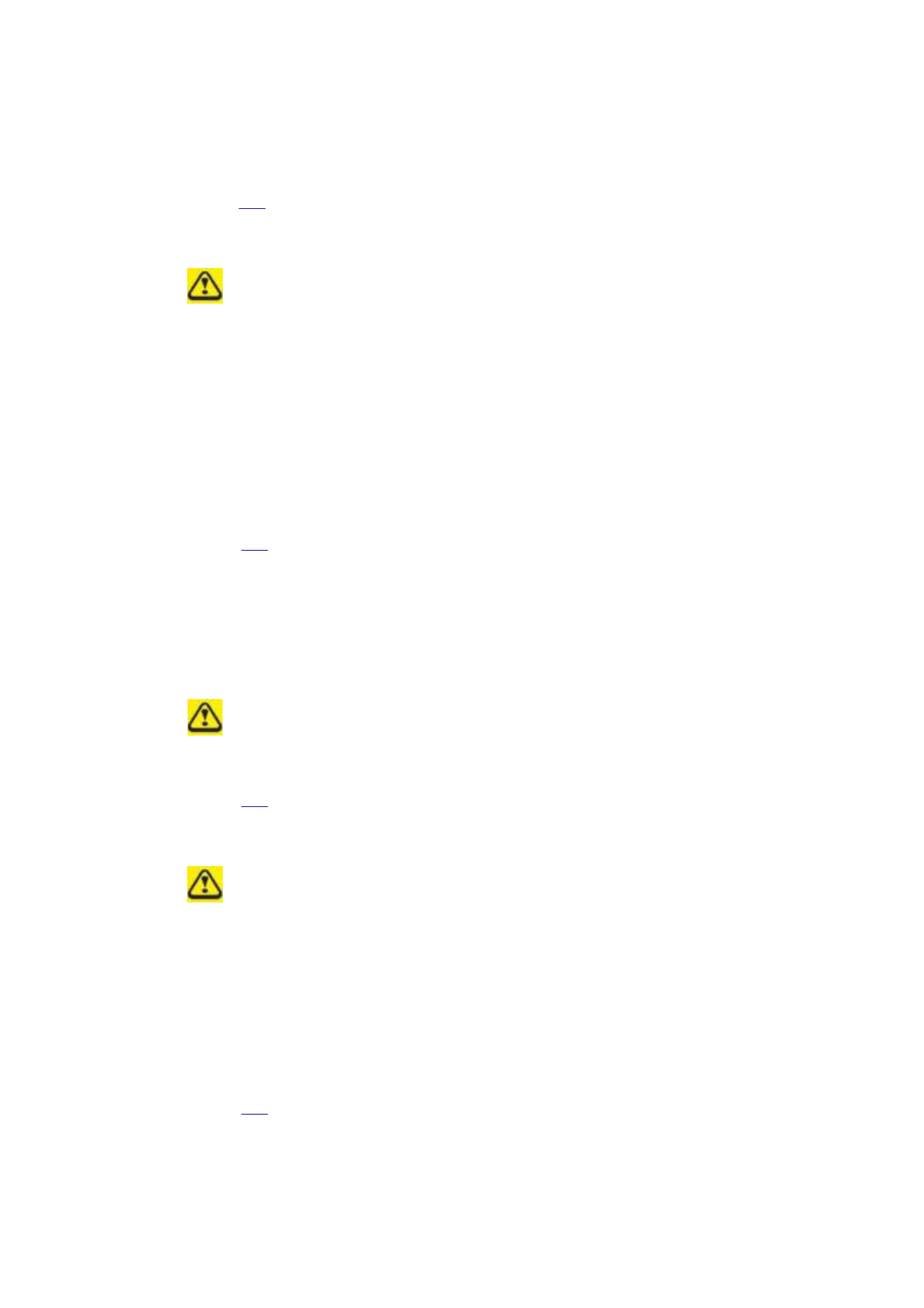
Locate the file you want to copy, and click the file to select (highlight) it.
Under File and Folder Tasks -> Copy this file -> Copy Items -> 3½
Floppy (A:).
Top
Moving Files
Never move files that are part of an installed program. Doing so may
make the program unusable.
From the Desktop, select My Computer.
Locate the file you want to move, and click the file to select (highlight)
it.
Click Move this file.
In the Move Items window, click the location where you want to move
the file.
Click Move.
Top
Renaming Files
Use Windows Explorer or My Computer to locate the file you want to
rename, and click the file to select (highlight) it.
Click the File menu and click Rename.
Never change a file's extension (the last three characters after the
period). Doing so may render the file unusable.
Type the new filename and press Enter.
Top
Deleting Files
Never delete files that are part of an installed program. Doing so may
render the file unusable.
Use Windows Explorer or My Computer to locate the file you want to
delete, and click the file to select (highlight) it.
Click the File menu and click Delete.
Click Yes to send the file to the Recycle Bin.
If you accidentally delete a file, see Retrieving Files From the
Recycle Bin.
Top
Emptying the Recycle Bin
Files remain in the Recycle Bin and take up space on the hard drive
until you empty them from the Recycle Bin.
第 18 頁,共 20 頁Operating Your Notebook
2003/8/15
file://C:\WINDOWS\TEMP\~hh9ED8.htm
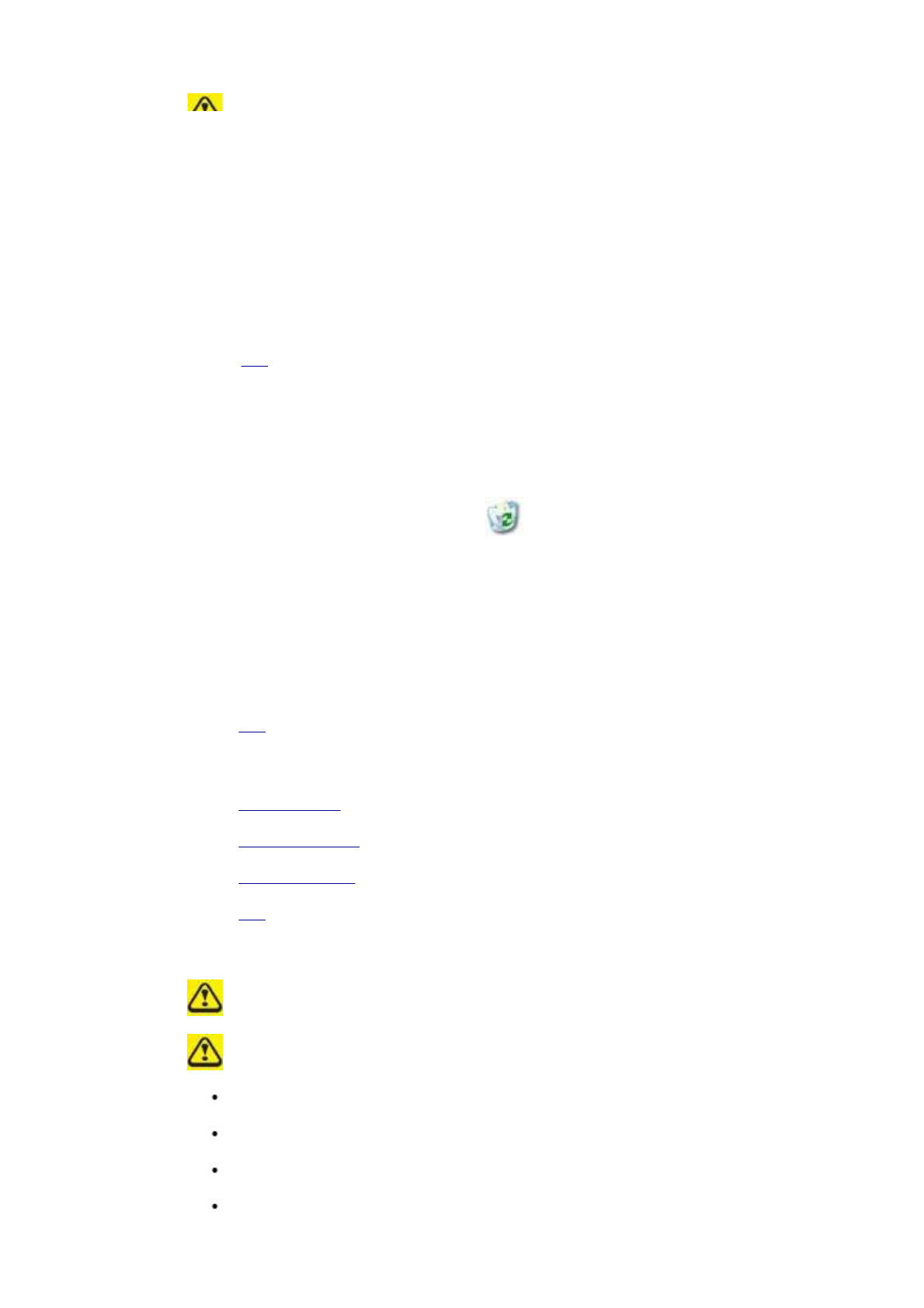
Files deleted from a floppy disk or from a network are permanently
Double-click the Recycle Bin icon.
The Recycle Bin window appears and lists all deleted files, their
previous locations, and the date you deleted them.
Click the File menu, and click Empty Recycle Bin.
When the confirmation dialog box appears, click Yes to delete all file
(s).
All files disappear from the Recycle Bin and are removed from your
notebook.
Top
Retrieving Files From the Recycle Bin
Deleted files are moved to the Recycle Bin and remain there until you
empty the Recycle Bin. If you delete a file in error, you can retrieve it
from the Recycle Bin:
Double-click the Recycle Bin icon .
The Recycle Bin window will appear, listing all deleted files, their
previous locations, and the dates you deleted them.
Select the file you want to retrieve, click the File menu, and then click
Restore.
The file disappears from the Recycle Bin and is moved to its original
location.
Top
Playing CDs and Movies
Inserting Discs
Adjusting Volume
Adjusting Picture
Top
Inserting Discs
Be careful not to press down on the drive tray when opening or closing
it. When the drive is not in use, keep the tray closed.
Do not move the computer when playing CDs or DVDs.
Press the eject button on the front of the drive.
Pull the tray out.
With the label side up, place the disc in the center of the tray.
Snap the disc onto the spindle.
第 19 頁,共 20 頁Operating Your Notebook
2003/8/15
file://C:\WINDOWS\TEMP\~hh9ED8.htm

Gently push the tray back into the drive.
If your notebook has a CD-RW/DVD or DVD, you can watch movies.
For more information on playing CDs or watching movies, click Help
on the CD player software or DVD player software.
Top
Adjusting Volume
If you do not hear anything when playing a CD or DVD, check that the
speakers are not muted.
Start -> All Programs -> Accessories -> Entertainment -> Volume
Control.
In the Volume Control window, click and drag the bar in the Volume
Control column and slide it up or down to increase or decrease the
volume.
Top
Adjusting the Picture
If you receive an error message that the current resolution and color
depth are using too much memory and preventing DVD playback, adjust
adjust the display properties:
Start -> Control Panel -> Pick a category -> Appearance and
Themes -> Pick a task... -> Change the screen resolution.
In the Display Properties window, click and drag the bar in Screen
resolution to change the setting to 1024 x 768 pixels.
Click the pull-down menu under Color quality -> Medium (16 bit) ->
OK.
Top
第 20 頁,共 20 頁Operating Your Notebook
2003/8/15
file://C:\WINDOWS\TEMP\~hh9ED8.htm